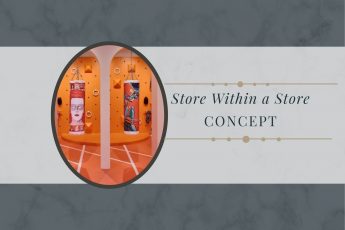An Effective Visual Merchandising Display
Shoppers all around the country stop in their tracks when they approach a visually appealing display in the window or entrance of a retail store. The display is a carefully arranged showcase of items that the merchant utilizes to attract the attention of someone who may otherwise pass them by. The objective of effective visual merchandising displays is to increase selling power, and make an impactful impression on everyone who visits the business. Retail space can be optimized with anything that the customer can view from the outside throughout the interior of the store. We use a combination of techniques in visual merchandising to enhance our customer’s awareness of the products they want to purchase. When a customer goes into a store, their shopping journey starts with discovering what is offered. Their next step is to compare the options before the final step of making the sale. A key element in visual merchandising is to set a tone for the customer being targeted, which can take the selling process from discovery to sale very quickly. Retail display designs are aimed at lifestyles, or the lifestyle that people desire.
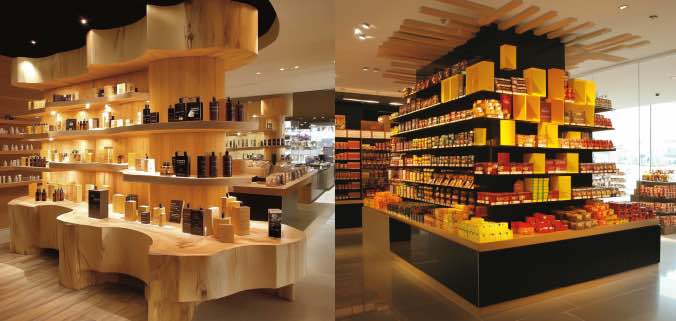
Promoting retail sales is the purpose of any merchandising activity, which includes goods and services. Visual merchandising is largely how the products are placed or displayed. Signs, and anything else that can be seen, are also part of the visual concept. Businesses have very few ways of conveying its vision and values to those on the outside, and the most effective is how it presents itself through visual merchandising. Some retail displays do no justice for the products represented, so the campaign may fail. Effective retail display is a creative art form that takes a keen eye to the expectations of both the retailer and the customer. Often, our customers do not realize that they can use the product on display until they see it arranged in a way that catches their eye. Items that are slowly selling will suddenly disappear from the shelves once they have been effectively displayed. Sometimes, our customers will purchase more than they anticipated, because of the visual presentation. A huge selling point is to couple items together that compliment each other. This technique will usually result in both items being sold as a pair.
Images of effective visual merchandising displays
Seeing is believing, and a strong visual presentation is a good selling point. If we are having a sale on bedding, we will create a display of how it would actually look in the bedroom, complete with everything, including the curtains. A retail display such as this will generally sell itself, because customers like the look, and it makes life easier for them when it comes to decorating. We generate an image of what the customer desires. Many companies and businesses use eCommerce as opposed to a retail shop or store. Visual merchandising is important for online sales because customers can not walk around and browse the merchandise. What they rely on is online visual presentations and merchandising. Both online and in-store merchandising are designed to keep customers moving, and to find what they need or want. A successful display includes two important elements. As well as effective product placement, which puts the merchandise where it can be shown off.
The layout and placement, which includes all the styles, colors, and sizes available, so the customers can see exactly what they want.
The image below is a visual merchandising display for bedding. It incorporates the entire bedroom, and shows how a particular set would look in the home. This specific display is a great seller, and the same concept can be used for any household item, and when contemplating changing the inside decor, we try to do as much of the work as possible. Coordinating splashes of color adds to the attraction of the display presentation. Customers will change their minds about color combinations if the colors chosen for the display stand out.
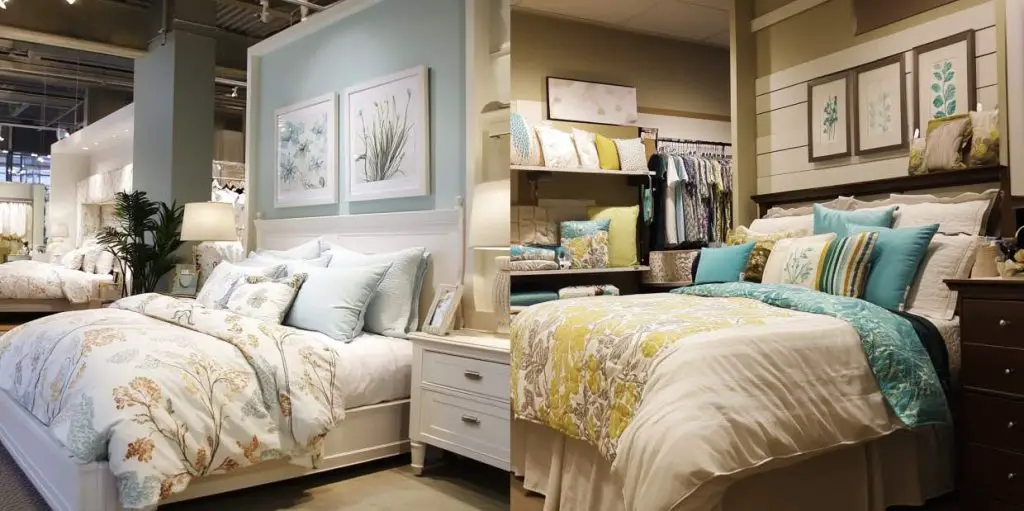
Creating a retail display that will appeal to customers, entice them to make a purchase, peak their interest, and have them talking takes planning. This art form is not unlike any other. In order for it to be effective, it must be well thought out. We have all seen good merchandise at work. This experience could have happened when we admired window displays that made us stop and take notice or had a free food sample while grocery shopping. These subtle displays are merchandising at its best. A storefront window is the most appropriate place to sell what we have to offer. One good merchandising strategy is to place popular or most sought-after products in this location. Sales items with percent off signs are also perfect for the window. It draws buyers in, so they can browse other non-sale items. The following window display is ideal for showcasing any item in a boutique or a small retail shop. Retail merchandising is a necessity for all retailers, whether virtual or a walk-in store. Customer behaviors are greatly impacted by the top environmental factors of the retail experience, which include atmosphere, design, and layout. These things are even more effective than customer service or sales and promotions.
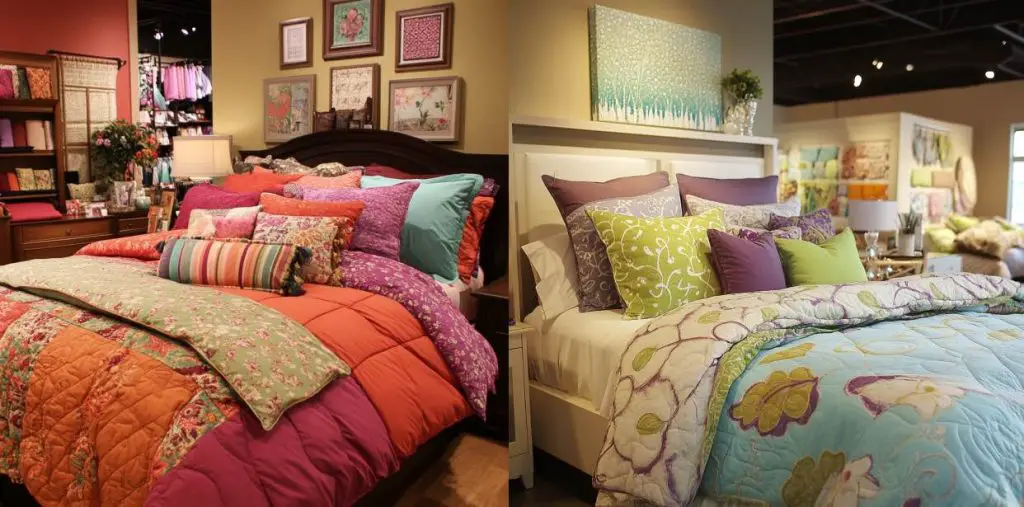
In stores that sell clothes, mannequins are very important when designing displays. Customers can actually see how the clothing looks while being worn. Mannequins are great display and sales techniques, but caution should be taken when attempting to devise a trendy look. It is vital not to overwhelm the customer with a visual assault on the eyes. This means having too many items on one display, and clashing of colors. Mistakes like this could cause customers to walk away. Clutter and chaos should also be avoided in order to have an effective merchandising display. Telling a visual story can help through the design process, and helps customers connect with the products. The story that is depicted can relate to a specific product, or be made to flow throughout the store with one theme that ties everything together. This type of theme-related story is relevant in the summertime fun, or back-to-school themes. Customers know from these themes that great deals are literally in store. Signage and the right color combinations will help keep the story cohesive.
Getting the best benefit from visual merchandising
One of the things to remember when pulling everything together for the perfect visual merchandising display is to be specific with signs. Although the items are showcased perfectly, if the sign fails, everything fails. Avoid signs that are too wordy because these are the signs that get ignored, and essential information is not relayed to the customer. There is a five-second rule in place for such situations. Any person should be able to read the entire sign in no more than five seconds. The meaning should be absorbed without confusion. If the message needs to be longer, incorporate it aesthetically into a series of signs, each of them with five seconds worth of reading. Another point to keep in mind is that window displays attract foot traffic, and that is what merchants desire. Always place new and more valuable items in the window or close by the entrance. This will give customers an excellent first impression and increase foot traffic. Keep the window display clean at all times. Potential customers will not stop if it appears dark and neglected. The display should be well lit so that it creates an emotional impact for those customers who may have passed it by.
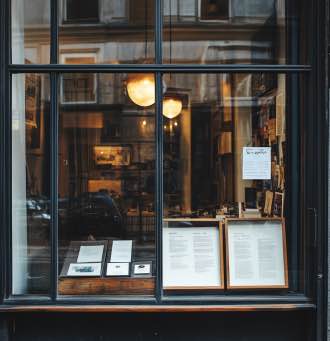
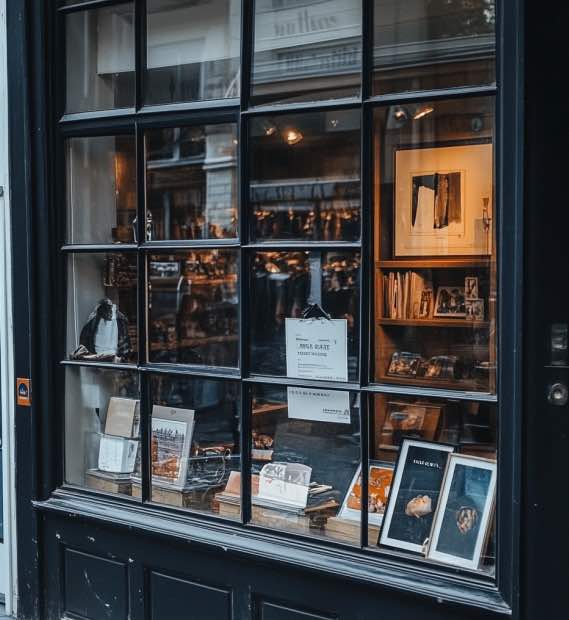
To further enhance the benefits of an effective visual merchandising display, we make sure that our sales team is knowledgeable of the products we have on the display. Being able to answer customer questions about the product means that confidence fails, and the sale could potentially be lost. Changing the product that is on display is a practice that will boost sales. It takes variety to help drive sales. A touchpoint in the customer’s decision to buy is, in part, based on the visual merchandising. To regular customers, old displays can become invisible, so keep things fresh. Grocery stores reap the benefit of maximizing the customer’s exposure to merchandise, because from the minute the customer steps into the store, until they reach the checkout registers, they are faced with many brands of food and drink.
Retail success is contingent on visual merchandising strategies. A good visual merchandiser has a responsibility to customers to expose them to various ways of viewing a product as much as possible. Creating a store display that has a focal point is a good way to do this. It should also have varying heights so that many products can be viewed at once. Online businesses also depend on visual merchandising to encourage customers to look further. The homepage is the window display, and the first page of the website that customers see. The page should quickly grab the customer’s attention. Using imagery and bold banners will get customers to continue viewing the site. The entire store layout from window display to checkout is the visual merchandising display, and the best place to focus on new products.
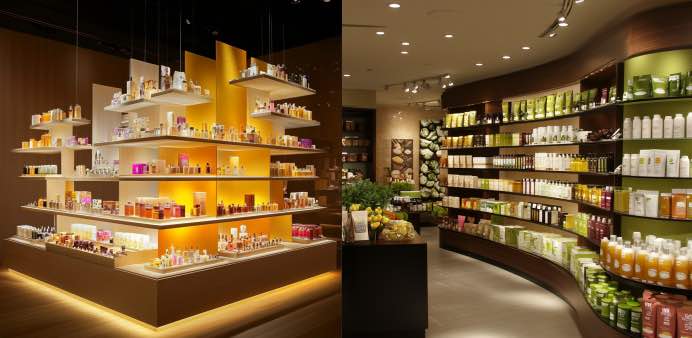
Retail merchandising displays are a major component of the growth of a retail store. In department stores, the visual displays at the front and center of the store are the ones that need replenishing most often. Regardless of what the items are, they will sell because they are displayed in such a way as to draw attention. Customers do not realize that the product is needed until it is seen on display. In other words, an effective visual merchandising display is one that will get immediate attention, is well coordinated, sets the tone for the store layout, draws customers inside the store, and increases sales,
Other Key Terms:
- Visual merchandising display techniques
- Visual merchandising ideas
- Interior display in visual merchandising
- 4 elements of visual merchandising
- Principles of visual merchandising
- Retail visual merchandising rules
- Visual merchandising techniques pdf
- Importance of visual merchandising



